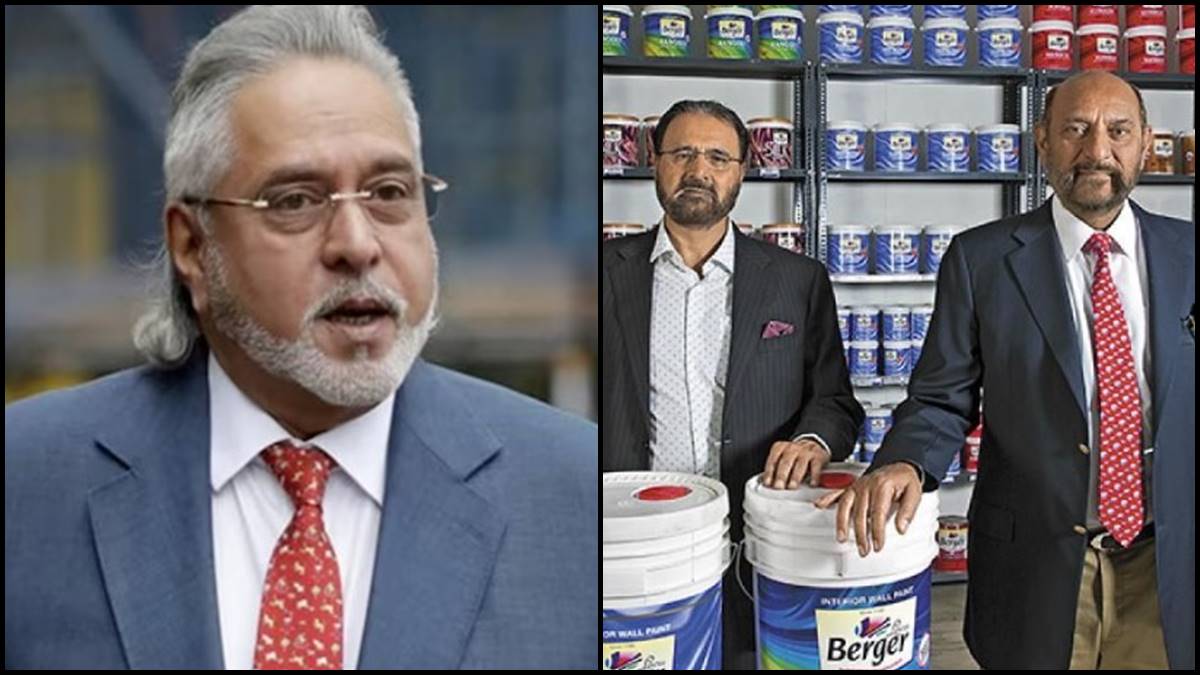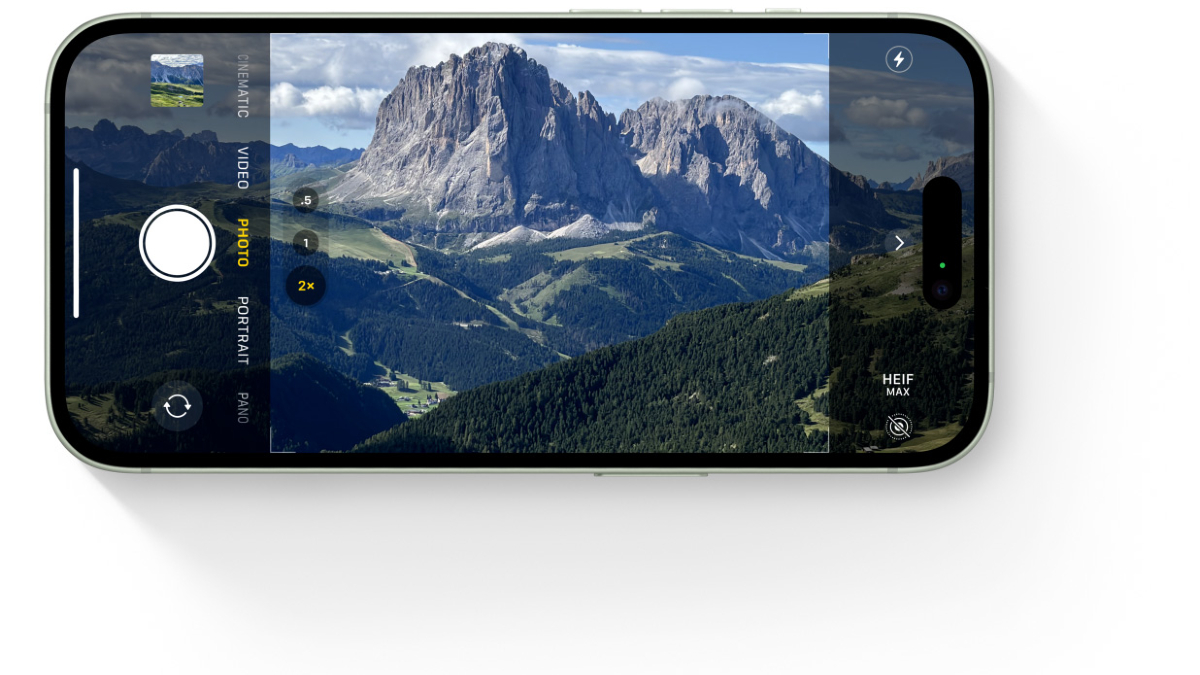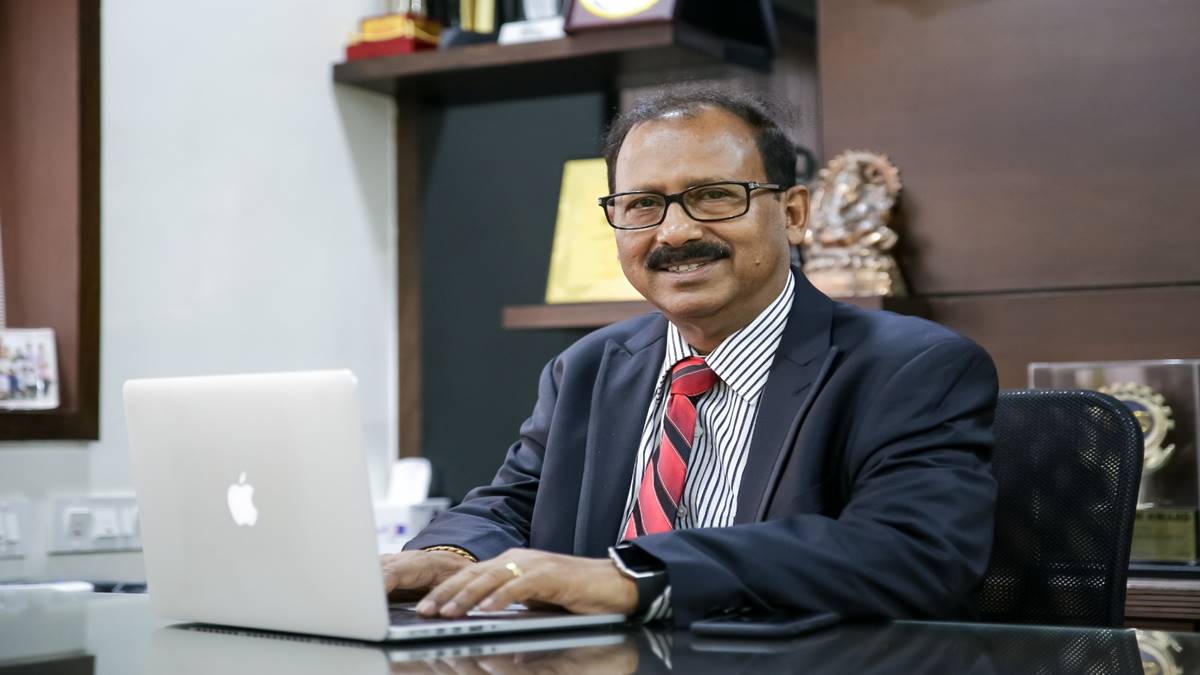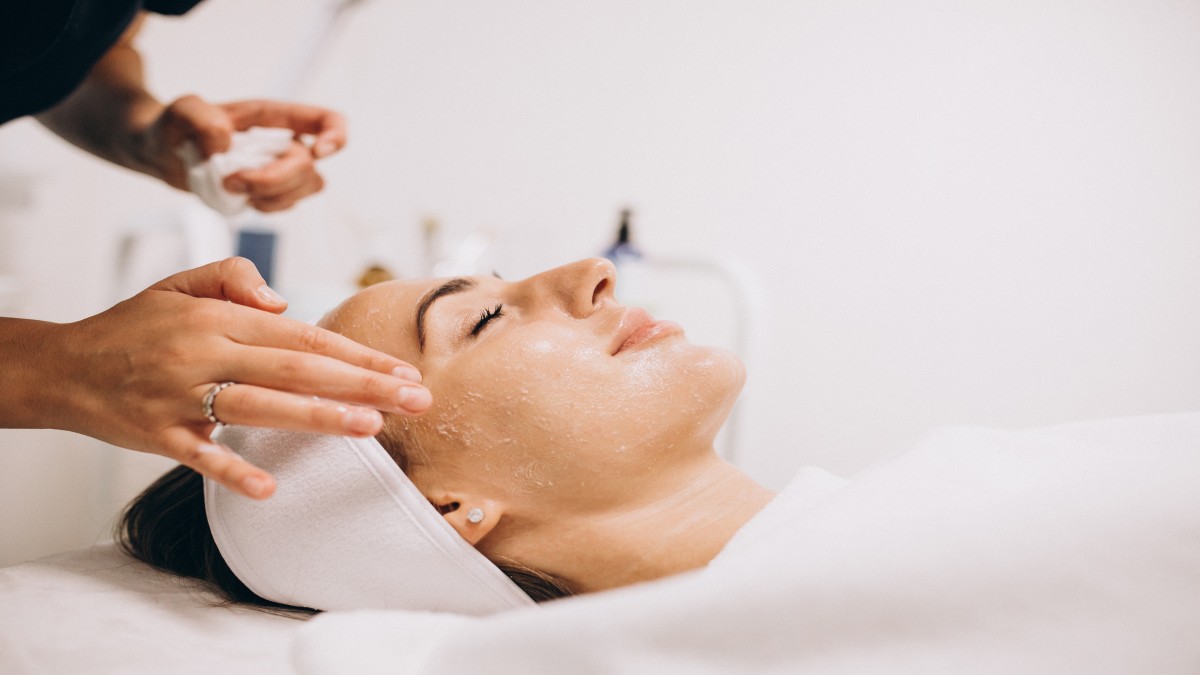If you are a regular visitor to a cosmetologist, chances are that you will see a professional injecting hyaluronic acid into a woman’s cheeks to restore volume, elasticity and firmness to the skin or dermal fillers to another customer’s lips for that perfect pout. It’s a common sight at many medical spas and salons offering cosmetic procedures; the key, however, is to be cautious, as these treatments can lead to some chronic infections too. Earlier this year, three women were reported to have contracted HIV after receiving a ‘vampire facial’, otherwise known as a PRP (platelet-rich plasma) facial, at an unlicensed medical spa in New Mexico, US. As per a Centers for Disease Control and Prevention (CDC) report, the cases shed light on new ways the infections can spread — the transmission of HIV via contaminated cosmetic injections — besides, of course, revealing the hidden dangers that lurk in unlicensed and ill-equipped practitioners. For the unversed, PRP therapy involves injecting the patient’s own blood plasma, which is rich in growth factors, into the skin, face or scalp. It is an activation of the clotting mechanism, which in turn activates platelets and stimulates the release of their growth factors. The therapy, popularised in 2013 by reality television celebrity Kim Kardashian , has potential side effects and risk factors such as slow healing discomfort, crosscut infection and, in very rare cases, severe reactions such as anaphylactic shocks. While cosmetic treatments have become popular, it’s important to be aware of the emerging risks, such as developing skin infections, associated with such procedures. Although infections can develop due to various other factors too, ensuring safe and healthy practices can significantly reduce the likelihood of such issues while undergoing cosmetic procedures. First things first Being aware of the common risk factors and ensuring care while undergoing cosmetic procedures is the first step towards staying safe. Experts feel a comprehensive analysis of the place or the cosmetic treatments should be cross checked so as to avoid any mishappenings. You must look for medical equipment — like needles — handled by staff and accessories or creams used at the time of the treatment. You must also look out for common complications like infection on the area botoxed or laser-burnt or botched botox injections, which can cause drooping eyebrows or eyelids, lethargy and viral infections in the long run. Dr Monica Bambroo, head, cosmetology and dermatology at Artemis Hospital, Gurugram, says, “Getting infected is something that has become very common today. Unknowingly, we come in contact with a lot of things that might be contaminated. This especially happens at public places like spas, salons and tattoo parlours. To avoid getting such infections, it is ideal to follow a protocol. Infections can originate from improper hygiene, contaminated equipment, or unclean water. To avoid them, ensure that the spa follows strict cleanliness protocols, including sterilising tools, using disposable items when possible, and maintaining a clean environment. You must go to a reputable spa with licensed practitioners.” Infections generally result from shared tools, inadequate sterilisation, or poor sanitation. Bambroo advises people to go to salons that prioritise cleanliness, with staff trained in proper hygiene procedures. “You should ask for freshly sanitised tools and equipment for each client. Check if the salon displays a health inspection certificate. Avoid sharing personal items like razors or towels. If you notice any lapses in hygiene, immediately report it or seek services elsewhere,” she adds. Similarly, tattoo infections can stem from contaminated needles, unsanitary conditions, or improper aftercare. Choose a reputable tattoo artist who operates in a clean, licensed studio. Make sure that the tattoo parlours use single-use, sterile needles and equipment, and follow aftercare instructions diligently, including keeping the tattoo clean and moisturised. “Watch out for signs of infection such as excessive redness, swelling, or discharge, and seek medical attention immediately if any occur. Research the studio’s reputation and hygiene practices beforehand to minimise risks. If you notice that hygiene practices are not being followed properly, then immediately report it or consider seeking services somewhere else,” says Bambroo. Dr Raina Nahar, senior consultant, dermatology, Nanavati Max Super Speciality Hospital, Mumbai, suggests selecting a tattoo parlour with positive reviews and a good reputation for cleanliness and safety, as well as verify that the tattoo artist is properly licensed and adheres to health and safety standards. “Make sure tools, equipment and work surfaces are sterilised or disinfected between clients. Practitioners should use sterile, single-use needles and ink caps for tattoos. They should wash their hands thoroughly and wear gloves and other protective equipment during procedures,” adds Nahar. For a safer experience As per industry veteran Dr Blossom Kochhar, founder of Blossom Kochhar Aroma Magic, you must not take any treatment just because it was suggested to you by someone. “Understand the procedure, ingredients used in the treatment, and the equipment or tools used in the treatment. Take a small patch test while taking any new facial treatment. Be transparent with your therapist and let them know what you are comfortable with or what you are not comfortable with. Do not go for multiple chemical treatments for your hair at the same time. It can cause intense damage to your hair,” adds Kochhar. For a safer experience, look for business licences and health inspection reports of the spa or salon where you are planning to get treated from, says Dr Ipshita Johri, dermatology and aesthetic consultant, laser specialist and founder of Skinfinity Derma, a skin, hair and laser clinic based in Noida and Gurugram. “Avoid getting treated if you have got open cuts, scrapes, wounds or infectious areas,” she adds. While you should always look for symptoms such as redness, swelling, pain, pus, or fever, treatment may include topical or oral antibiotics, depending on the type and severity of the infection. “Keep the affected area clean and dry, and follow any aftercare instructions provided by your healthcare provider. Avoid touching or scratching the affected area and avoid sun exposure for 48 hours. Also, avoid swimming and refrain from applying cosmetics or lotions unless advised by a healthcare professional. Keep a record of the procedure, including date, location, and practitioner, in case it is needed for follow-up or legal reasons,” adds Dr Nahar of Nanavati Max Super Speciality Hospital. What you must ensure — Dr Raina Nahar, senior consultant, dermatology, Nanavati Max Super Speciality Hospital, Mumbai. Get live Share Market updates, Stock Market Quotes , and the latest India News … Read More and business news on Financial Express. Download the Financial Express App for the latest finance news. None
Popular Tags:
Share This Post:
What’s New
Spotlight
Today’s Hot
-
- August 26, 2024
-
- August 26, 2024
-
- August 26, 2024
In Images | Take a tour of Shraddha Kapoor’s Rs 60 crore Mumbai home
- By Sarkai Info
- August 26, 2024
Featured News
Happy Krishna Janmashtami 2024 Quotes Wishes Images Status
- By Sarkai Info
- August 25, 2024
Books at stands this week
- By Sarkai Info
- August 25, 2024
Latest From This Week
‘FreePavel’: Elon Musk calls for release of Telegram app CEO Pavel Durov in France
LIFE
- by Sarkai Info
- August 25, 2024
Subscribe To Our Newsletter
No spam, notifications only about new products, updates.






























